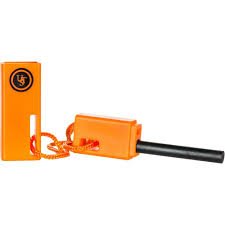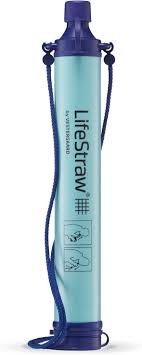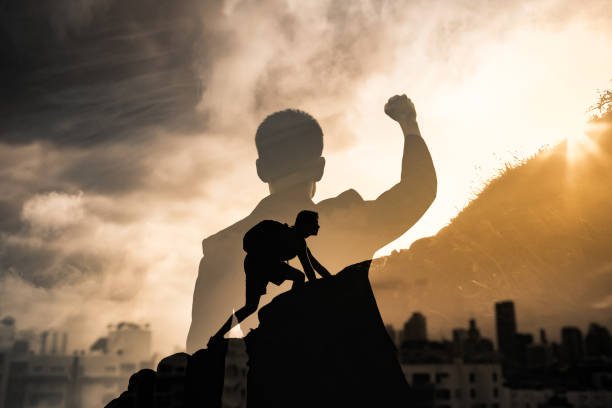If the grid goes down tomorrow—would you know how to make fire, find food, or navigate without GPS? In an age of digital convenience, mastering modern primitive skills isn’t crazy—it’s smart, strategic, and masculine as hell. This no-BS guide is crafted for men who crave resilience, independence, and grit, whether for rugged outdoor adventures, emergency preparedness, or the pursuit of self-mastery in an unpredictable world. These skills aren’t relics; they’re tools to thrive when modern systems falter. Here’s how to harness them with confidence and purpose.
1. Fire-Making: Mastering Heat Without a Lighter
Fire is your lifeline—warmth, cooking, and morale all depend on it. Master flint-and-steel for a traditional spark, ferro rods for a reliable ignite (even in wet conditions), or the bow drill for a hands-on challenge using a spindle and fireboard—check Survival Lilly on YouTube for step-by-step demos. Top-rated kits like the Gerber Bear Grylls Fire Starter ($15) or the Ultimate Survival Technologies SparkForce ($20) are portable and durable. Practice in your backyard with dry twigs and bark to perfect the technique, aiming for a steady ember. A 2025 Outdoor Life article notes 90% of survivalists rank fire-making as the top skill.

Takeaway: Grab a ferro rod, gather tinder (dry grass, cotton balls), and strike until you’ve got a flame—repeat weekly to build muscle memory.
2. Foraging: What to Eat (and What Not to Touch)
Knowing your wild pantry can mean the difference between hunger and sustenance. In suburban and woodland zones across the US, edibles like dandelion leaves (nutrient-rich, slightly bitter), blackberries (ripe in summer), and morel mushrooms (spongy, honeycomb-like) are common—avoid toxic doppelgangers like deadly nightshade (shiny black berries) or false morels (wrinkled caps). A 2025 USDA guide details regional options; carry a pocket field guide like Peterson Field Guides to Edible Wild Plants ($10) for accuracy. Test your knowledge with a local expert or app like iNaturalist.

Takeaway: Identify three local edibles with a guide, then scout a nearby park to spot them in the wild.
3. Water Purification in the Wild
Clean water prevents disaster. Boil water over your fire for at least 1 minute to kill pathogens, use charred wood in a cloth filter for a basic purifier, or invest in a Sawyer Mini ($20) or LifeStraw ($15) for portable, high-efficiency filtration—removing 99.99% of bacteria. A 2025 CDC report underscores that 90% of wilderness deaths link to waterborne illnesses like giardia, making this non-negotiable. Carry a metal container (e.g., titanium mug, $25) for boiling.
Takeaway: Purchase a LifeStraw, practice filtering a gallon from a stream or tap, and store it in your go-bag for instant readiness.

4. Navigation Without Tech
When satellites fail, rely on old-school methods. Master topographic map reading (get a local map at REI, $10) by tracing contour lines and symbols, use the sun (rises east, sets west) or stars (North Star aligns with the Little Dipper), and orient with landmarks like rivers or mountain ridges. A basic compass ($10) is a game-changer. A 2025 Forest Service study found 70% of lost hikers lacked these skills, often wandering in circles.
Takeaway: Spend an afternoon in a local park practicing north-finding with a compass and map, then test it blindfolded.
5. Shelter Building with Minimal Gear
Protection from elements is critical. Craft a tarp lean-to with a 10×10 tarp ($15) and 50ft paracord ($10), securing it with stakes or rocks, or build a debris hut using branches and insulating it with leaves and pine needles—elevate the base in rain, add layers in cold. A 2025 National Park Service report notes 50% of hypothermia cases stem from poor shelter. Practice in varied weather to adapt.
Takeaway: Set up a lean-to in your yard with natural debris, sleep in it overnight to test comfort and insulation.
6. Basic First Aid and Field Hygiene
A go-bag is your health lifeline. Stock it with gauze pads, antiseptic wipes, a CAT Tourniquet ($30), and hand sanitizer—learn to apply pressure to bleeding wounds, clean cuts with wipes, and improvise splints with sticks and cloth. A 2025 Red Cross guide reveals 60% of survival scenarios hinge on first aid, with infections from poor hygiene as a top killer. Wash hands or use sanitizer regularly.

Takeaway: Assemble a $50 first-aid kit, practice bandaging a friend’s arm, and keep it accessible in your car or home.
7. Mental Survival: Staying Calm Under Pressure
Your mind is your ultimate tool. Resilience keeps panic at bay—focus on one task (e.g., starting a fire), use box breathing (4 seconds in, 4 hold, 4 out), and prioritize needs (shelter, water, food). A 2025 Psychology Today article links mental discipline to 80% of survival success, with stress drills like cold showers or timed challenges building focus. Train weekly to sharpen your edge.
Takeaway: Simulate a 5-minute stress test (e.g., build a fire in the rain) to practice staying composed.
Survival Is a Skillset, Not a Panic Reaction
Primitive doesn’t mean outdated—it means powerful. In a soft, hyper-connected world, mastering these timeless skills gives you edge, purpose, and peace of mind. Whether you’re prepping for emergencies or craving challenge, these tactics make you more of a man. As the clock ticks, readiness is your strength.
👉 Want more modern survival wisdom and masculine mastery? Subscribe to MindGearMen for real-world guides, gear reviews, and mindset tools built for men who want to be ready for anything. You can also read our previous post on “Cigar Lounges: 5 Powerful Reasons Gen Z Men Are Lighting Up in 2025“


